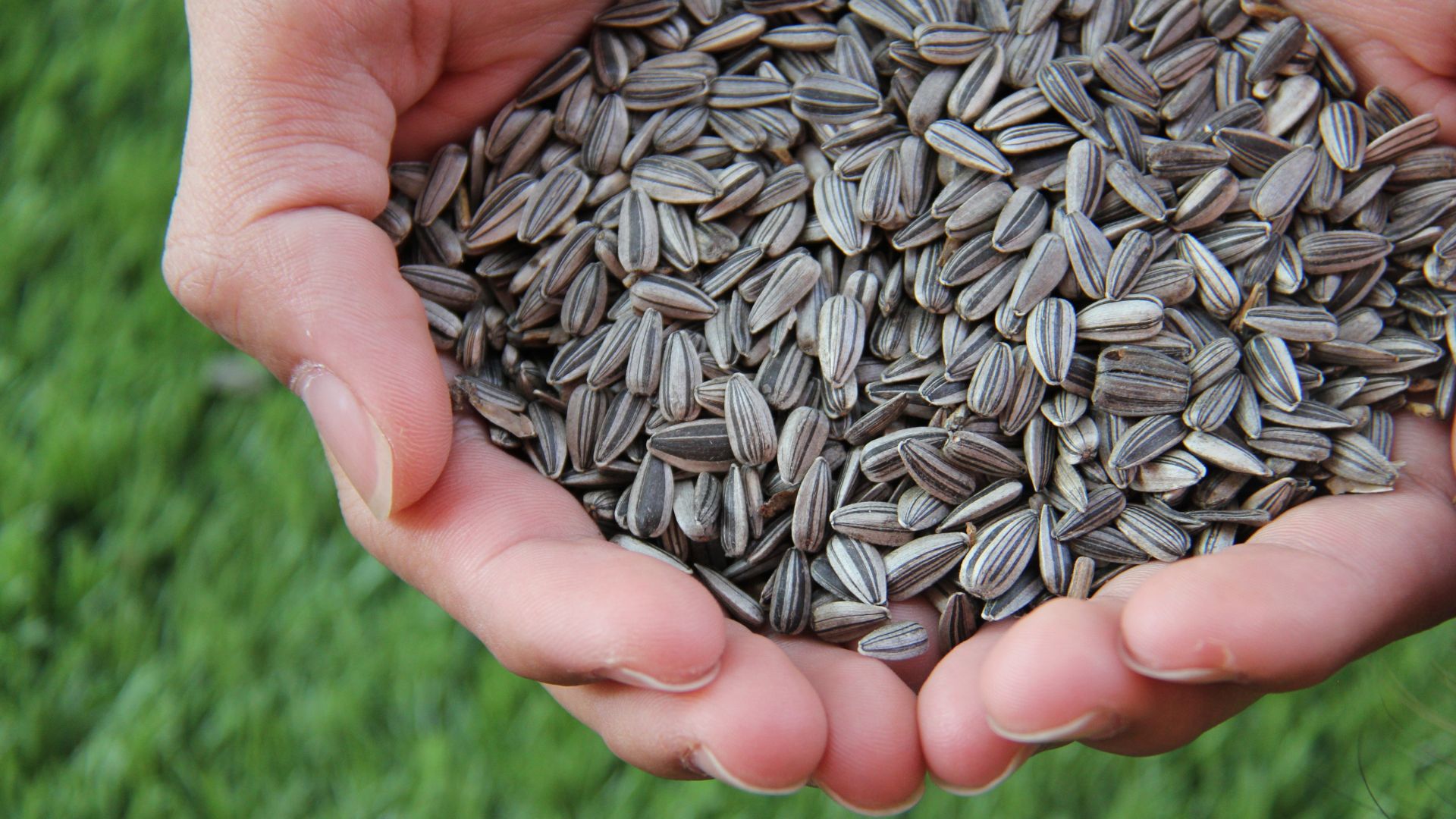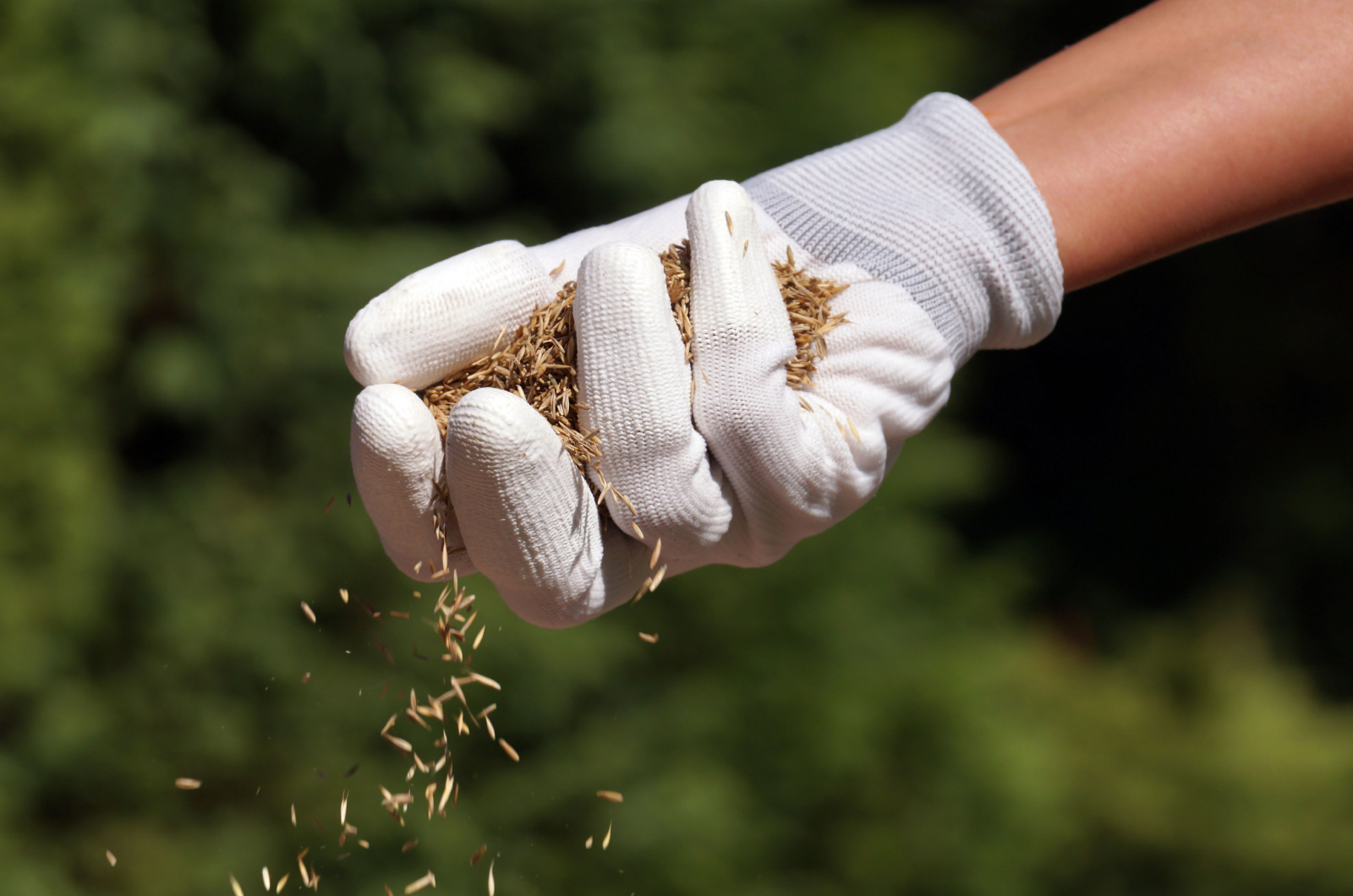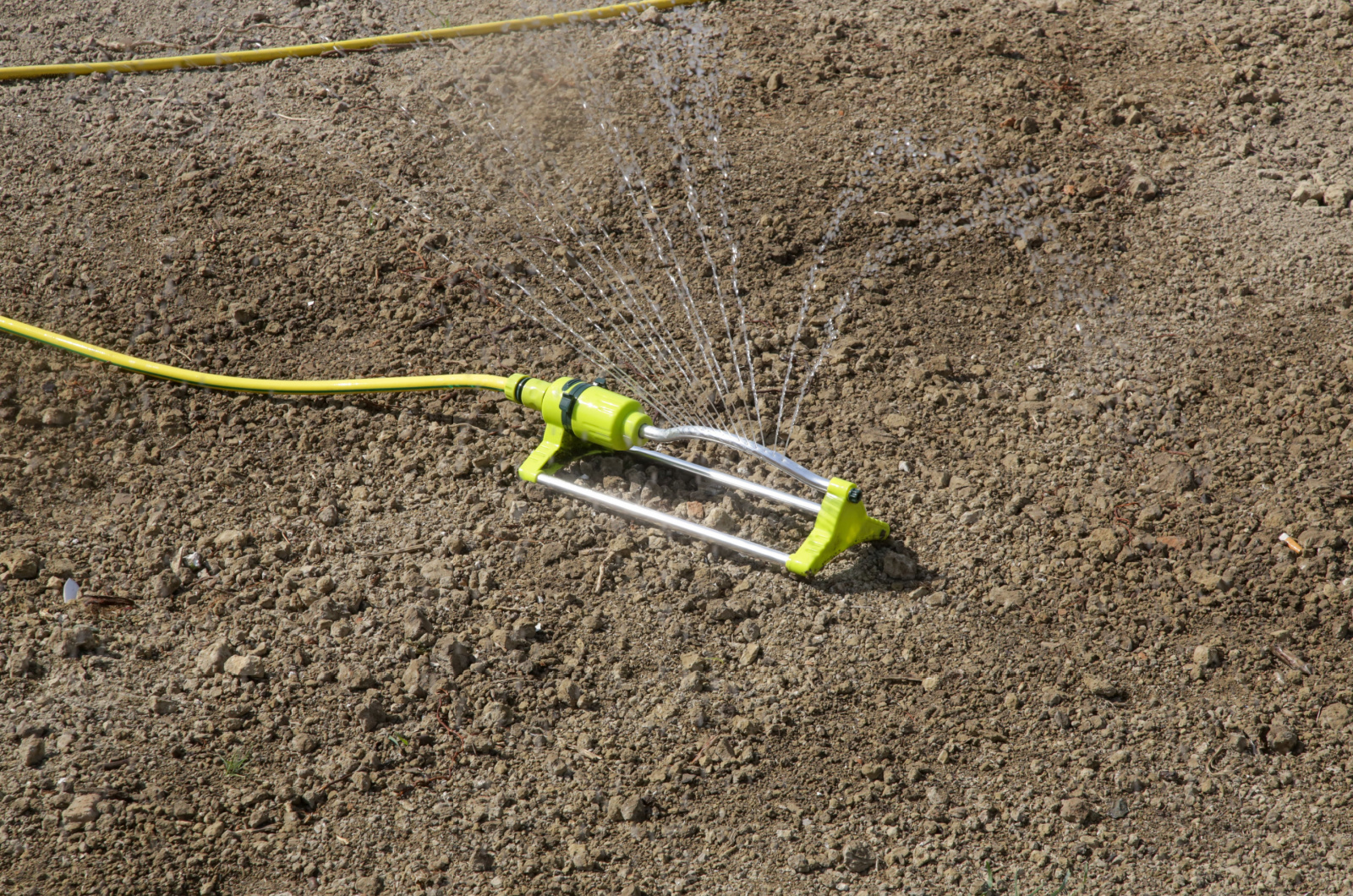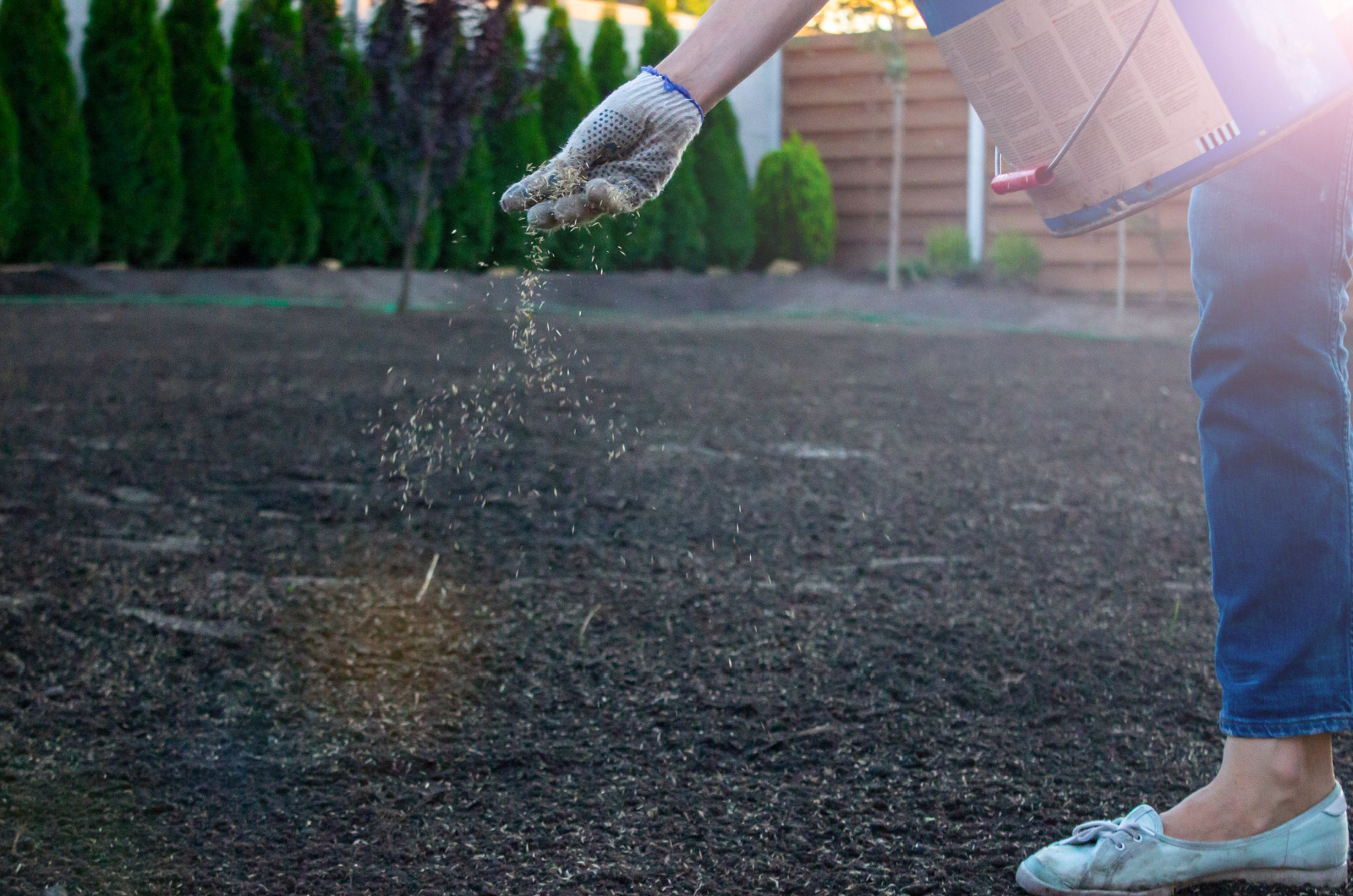Starting a new lawn can be overwhelming for many people, but that’s completely normal. No one wants bare patches to occur all over their lawn, or to have to deal with any other issues.
One of the secrets to a healthy and lush lawn is to sow the grass seed at the right time. Not only will you get a perfectly covered lawn but you’ll also reduce the number of chores later in the season.
Unfortunately, there isn’t a general rule and you need to consider a few factors, such as your climate and grass type, when planning sowing time. Don’t worry, I’ve got you covered! In this article, I’ll show you when to sow grass seed depending on all the factors.
Let’s get started!
1. The Best Time To Sow Grass Seed
You should pay attention to the time of sowing no matter if you are starting a new lawn or overseeding your existing lawn.
Spring and fall are considered the best times to sow grass seeds because of the adequate soil temperatures.
Technically, you can sow the seeds in winter and summer but you risk poor germination of the grass seed. You should rely on weather conditions because it’s the easiest way to avoid any issues.
If you live in northern climates, you should start your grass in fall. The reason is simple: soil temperatures are still warmer but the air is cooler and there’s enough rainfall, which is perfect for seed germination.
Seeds will establish well before your grass enters dormancy in winter. The same applies to starting the grass seed in southern climates.
You can start the seeds in spring but you should know a few things. Spring is also the time when annual weeds generate their first sprouts. This means that grass seed and weed seeds will compete for food below the soil line. You can guess who’ll be the winner in this battle.
Some gardeners advise treatment with pre-emergent herbicides but I don’t recommend using them because they’ll prevent grass seeds from germinating as well.
This problem may also occur if you decide on sowing the seeds in late spring or early summer. Annual weeds are even more established at this time so they’ll take even more nutrients from the ground.
Additionally, you’ll need to water your lawn often when temperatures increase significantly.
You don’t have to worry much about weeds in the fall. Make sure to sow grass seed approximately 6 weeks before the first frost.
Don’t wait too long because frost can damage grass seed, especially if they aren’t established well.
So, take a look at the forecast for your particular region and calculate the date for sowing grass seed. With perfect timing, you’ll be one step closer to a green and thick lawn.
2. Sowing Cool-season Grass Seed
Another factor that plays a crucial role in choosing the time for sowing grass seed is the type of grass.
The seeds of cool-season grasses, such as ryegrass and fescue, germinate best when temperatures are between 50 and 65 degrees Fahrenheit.
This basically means that the best time for sowing cool-season grass seed is in early fall or spring.
3. Sowing Warm-season Grass Seed
If you’re planting warm-season grasses, such as Zoysia or Centipede, you should know that they prefer warmer soil temperatures.
Temperatures ranging anywhere between 65 to 75 degrees Fahrenheit are ideal for starting these grasses.
Because of this, it’s best to start these seeds in late spring or early summer. If you decide on early summer, make sure to irrigate your grass more often because of the higher water evaporation rate.
Make sure to prepare the ground before sowing the seeds; remove all the weeds and debris and firm the ground.
Also, make sure the soil is slightly wet before sowing to increase the chances of germination.
4. Choosing The Right Grass Variety
Selecting the right variety is crucial. Different grass types thrive in varying conditions, so match the seed to your climate’s quirks. For warm climates, Bermuda or Zoysia might be the right choice. These varieties are heat-tolerant and require less water.
In cooler regions, Ryegrass or Fescue are often preferred for their resilience to cold. Each variety has unique care requirements, so understanding them improves success rates. Research and thoughtful selection make all the difference.
5. Understanding Seasonal Transitions
Seasons change subtly. Recognizing the signs of seasonal transitions is vital for successful planting. In warm climates, look for cooler nights indicating fall’s approach. This period signals the start of the planting season.
Cool climates benefit from observing daylight reduction and temperature drops, which mark the right time to plant. Understanding these natural cues ensures your grass seeds have the best chance to flourish. Being in sync with the environment leads to a healthy lawn.
Choosing the right time for sowing grass seed will help you avoid many issues. Now that you know when to do it, your lawn is bound to thrive!






